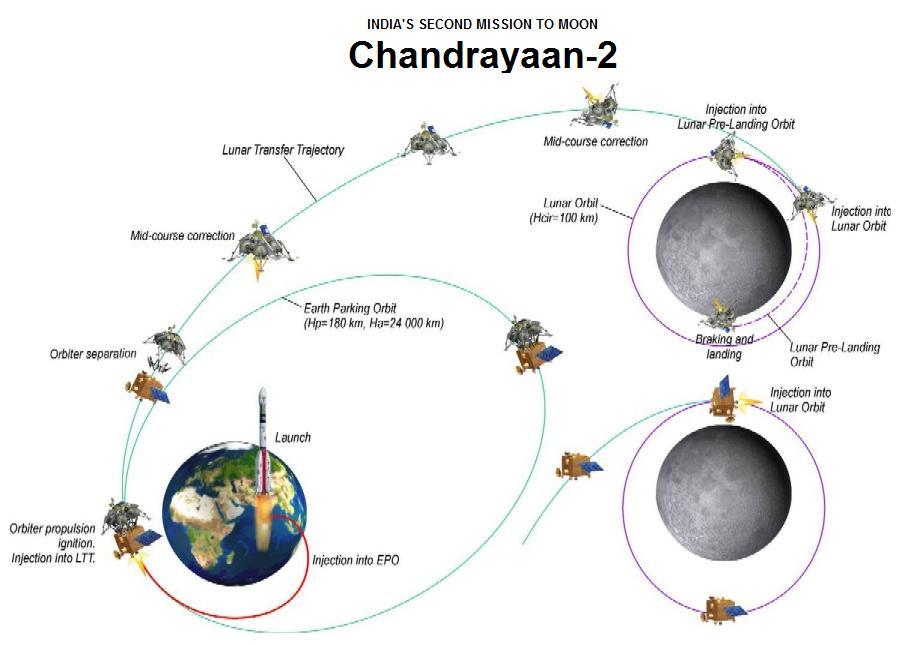7667766266
enquiry@shankarias.in
Interest Rate Parameters
Repo Rate and Reverse Repo rates
NATRIP Project
ICAT
Chandrayaan – II

Types of Orbit
Source: PIB, the Hindu